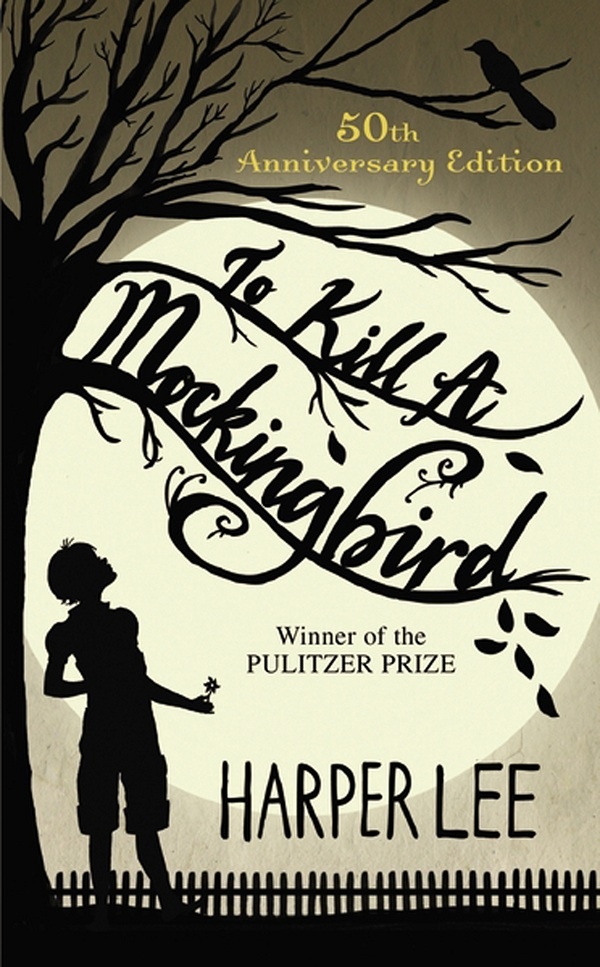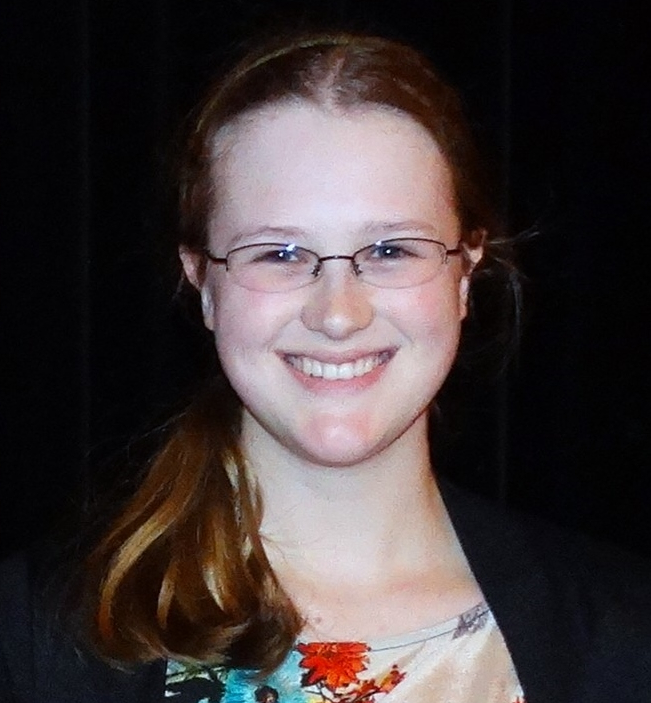On Fractured Fairy Tales
Fractured fairy tales rework classic stories to highlight new meanings and challenge the traditional narrative. Check out Shannon Hale's series The Books of Bayern below, or visit the Goodreads fractured fairy tale list for more great reads.
More from the series:



Feature
An Introduction to Modern Middle Grade
Reading in the Age that Followed Harry Potter
Growing up in the boom of the post-Harry-Potter Era, I was exposed to a brand new breed of middle-grade fiction. The classics that we read in school, Newbery Medal winners like The Westing Game , Maniac Magee, and From the Mixed-Up Files of Mrs. Basil E. Frankweiler each had their own spark of magic, but they never delved into full-scale fantasy like The Chronicles of Narnia or The Wizard of Oz with a fictional, fantastic world.
Many of the middle-grade books published from the late sixties to the early nineties had retreated to more realistic stories, like Judy Blume’s books. Though some authors are notable exceptions (Roald Dahl among them), most wrote about kids who lived fairly normal lives and “magical” elements were limited to the characters’ imaginations. For example, Zilpha Keatley Snyder’s The Egypt Game follows neighborhood children who sneak into the storage yard of an antique shop to play an elaborate and imaginative game, rather than finding a new world through a cupboard. Whether struggling through racial tensions, risk of kidnap and murder, or running away from home, the protagonist in each story deals with incredibly real and heart-breaking issues.
 Although these award-winning novels have become staples in elementary schools across the nation, students are less likely to revisit them in adulthood to uncover new meanings, as so many have with To Kill a Mockingbird. They are simply a rite of passage or stepping stone before graduating to young adult and the classics of high school required reading and eventually the world of “grown-up,” real literature. However, Harry Potter changed everything. It was acceptable, almost expected, for readers of all ages to sit down and take part in this global phenomenon.
Although these award-winning novels have become staples in elementary schools across the nation, students are less likely to revisit them in adulthood to uncover new meanings, as so many have with To Kill a Mockingbird. They are simply a rite of passage or stepping stone before graduating to young adult and the classics of high school required reading and eventually the world of “grown-up,” real literature. However, Harry Potter changed everything. It was acceptable, almost expected, for readers of all ages to sit down and take part in this global phenomenon.
This is where my own story breaks away from the structure. For reasons that I still do not fully understand, I refused to read any of the Harry Potter books. Despite the obsession of my peers, my parents’ encouragement to read the series, and the world’s fixation on “the boy who lived,” I wouldn’t read anything I felt was remotely related to Harry. Even as my fifth grade peers were buzzing after the release of Harry Potter and the Deathly Hallows, and even as the movie version of Percy Jackson & the Olympians stirred enough controversy among fans that my classmates wrote an angry letter, I spent my entire middle-grade experience avoiding those series. I found ways around it, working my way into the fractured-fairy-tale genre instead, where I came upon my favorite series, The Books of Bayern by Shannon Hale. But slowly, I began to transition into other types of series, books that had perhaps found a place in the market because of the success of a book about a certain scarred boy whose name I refused to mention in middle school.
As I grew more and more attached to the books in the era following Harry, my curiosity began to overwhelm my stubbornness and I told myself that I’d read the series in college. I probably would have waited that long too, had I not received a free copy of the first book through an amazing student review website, dogobooks.com, my freshman year of high school. I promptly hid the book in my closet where it remained for two years; I didn’t want my family to know what I was doing. At the end of my sophomore year, the rest of the series went on sale and I had my mother drive me to the bank and then to the bookstore. My favorite bookbag was just big enough to fit them all. After putting off reading the series for so long, I finished it entirely in one week. It was a strangely reversed experience; rather than comparing every book that followed to Harry, I was comparing Potter to each of them as though they were the predecessors.
The most important similarity between the books that I’ve come to love and the Harry Potter series is that the author never speaks down to the reader, regardless of the knowledge that an eight-year-old is the target audience for their novel. Middle-grade can be just as well written as young adult, if not better. In all fairness, these books should be. They are the last transition to reading at a grown-up level in terms of diction and complexity. The only differences between middle-grade and young adult should be the topics, which reflect the interest of children vs. teens, such as King Arthur being reborn vs. a pregnant high school student. The profanity, romance, and sexuality allowed in young adult are kept at bay on the middle-grade side, except for maybe a little hand-holding.
For this reason, when young adult authors write for their primary audience of twelve to eighteen year-olds, they encounter a barrier known as gatekeepers. Gatekeepers are the secondary audience, comprised of the parents, grandparents, teachers, and librarians who stand in the path of a book and a child. Although each would certainly promote literacy, they also determine what kind of literature a child reads until they are old enough to buy or check books out for themselves. Award-winning author Keith Gray explains the disconnect between writers and the children they write for:
“Unlike many adult readers, the majority of young readers don’t buy books. They are given books as gifts, they have books forced on them in the classroom, or they borrow books from a library. I may write a novel with an ideal reader in mind... but before my book reaches my reader it will be confronted, challenged, and vetted at several stages—approved or not by the gatekeepers… if the book cannot successfully navigate these gatekeepers, then somewhere along the way a gate closes shut. That book shall not pass! And my ideal reader may never discover that book I wrote with them in mind even exists.”
Therein lies the exact reasoning for parents to continue to support children’s reading interests, because they are often the only source of material, shaping their children’s abilities and continued interest in reading. A well-placed young adult novel can be critical for a child’s development both in literacy and in life, and parents and educators who understand this hold a lot of power. Whether realistic or fantastic, having a character to relate to, who suffers all of the same trials, drama, and bullying, is vital to a child. Never before have so many books featured so many types of children, teens, and anthropomorphic animals, adventurous, shy, or uncertain about their futures, and any of them could spark a life-long love of reading.
After J. K. Rowling’s trailblazing series recreated the genre, the middle grade world is expanding every day with fantastically original books. The sheer variety of titles that explore the transition from imaginative adventures to the sharper realities of teenage and adult life are nearly overwhelming. This is an incredibly fortunate time to pick up a book - the renaissance age of middle-grade is a great time to read.

Anais Mohr is a senior at Central High School in Traverse City, Michigan. She is a member of Front Street Writers, a program where high school students are coached in a workshop setting by professional writers. She loves to read fractured fairytales and middle-grade fiction.


